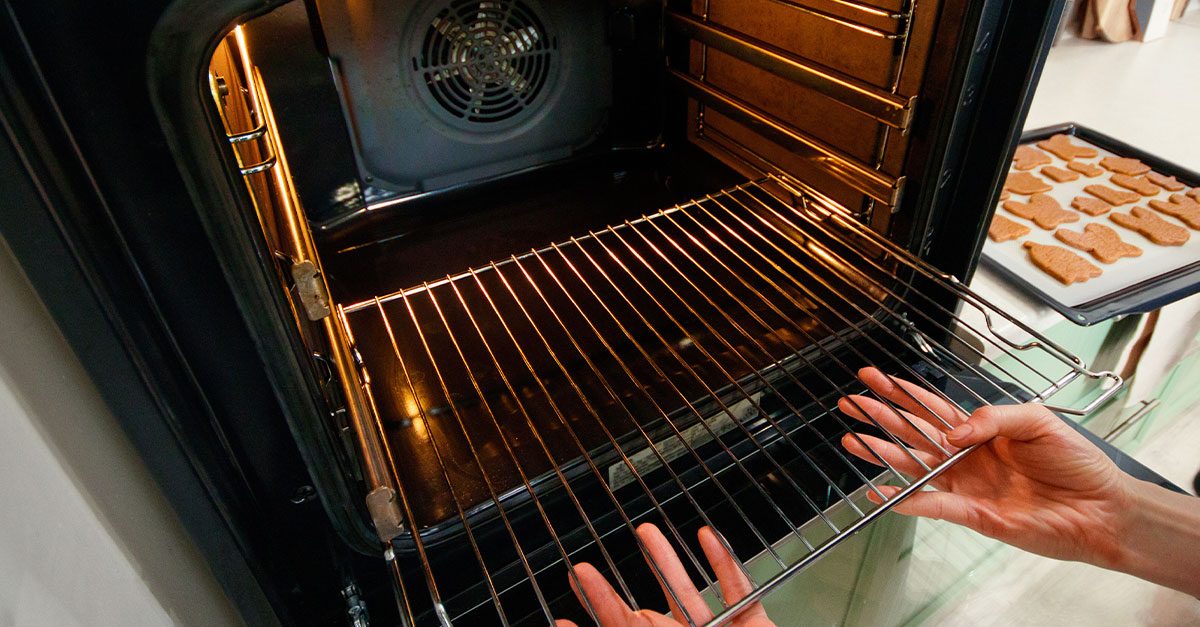10 Common Mistakes You Should Avoid If You Want Perfect Pancakes
There are tons of pancake recipes and they all look so easy to do, right? Well, yeah, it is but that's only if you have the proper know-how. Believe it or not, seemingly minor mistakes like using the wrong pan or overmixing the batter can land your pancakes in the trash can! Here's a compilation of 10 such common mistakes and how to avoid them.
;Resize,width=742;)
What is breakfast without pancakes topped with butter and a drizzle of maple syrup? Pair with a bowl of some yummy berries and you'll have enough fuel just until lunch. But are you deterred from making pancakes because you never seem to get it right? Then, read on for things you may be doing wrong!
1. You're overmixing the batter

When preparing your pancake batter, avoid mixing it too much. If overdone, the mixing will overdevelop the gluten, giving the pancake a tough texture.
To avoid this, it is recommended that you first mix the dry ingredients and then create a well in the middle. Pour in a mixture of the wet ingredients and carefully combine them.
Don't let the lumps fool you into overmixing!
2. You ignore the heat during cooking

If you are not using an electric skillet, you must pay attention to the heat when you start cooking the pancakes. Just always make sure that the heat remains medium high; if too high, the pancakes will remain raw on the insides, and if too low, you won’t get crispy edges.
3. You're using the inappropriate utensils

For proper mixing, use a bowl that’s large enough and easily allows you to give your ingredients a light mix using a fork or a whisk. Also, make sure your spatula, which is key to safe flipping, is large, wide, angled and heat-proof.
4. You've been using the wrong pan

The rule of thumb when it comes to choosing a pan for your pancakes is to use an electric griddle with the temperature set to 375°. The best alternatives for this are a well-seasoned cast-iron griddle, or any large skillet that heats evenly and has a lot of flat surface space. A non-stick skillet will also work.
5. You're cooking too many pancakes at once

Crowding the pan will make flipping terribly hard and it won't let the pancakes crisp at the edges as they should. So, always make sure that the pancakes cook with at least one inch space being between them.
6. You flip your pancakes too soon

To avoid an undercooked pancake, only flip it at the appropriate time — when you see the bubbles that form all over the surface, pop.
7. You don't use salt or sugar

Salt brings out the sweetness of pancakes while the crystallization of the sugar is vital to crisping the edges of the pancake.
8. You don't fully preheat your pan

A preheated pan gives you the crispy edge that is associated with the perfect pancake. To Know when your pan is ready for cooking, let a drop of water onto the surface. If it makes a sizzling sound then you can add the batter.
9. You don't think “buttermilk” is important!

This is a rather popular mistake as many people overlook the importance of buttermilk in pancake recipes that require it. The buttermilk adds a delicious tang to the pancake and also helps to tenderize the flour through its reaction with baking soda.
10. You're using the wrong fat

A good pancake requires a fat with a higher smoke point like canola oil, shortening, coconut oil or even ghee or clarified butter. Butter won't do because it'll brown too quickly on the high heat of your skillet!
Now, you are harmed with all the tricks required to make your pancake, regardless of its recipe, awesome EVERY TIME. Don't forget to share; remember, sharing is caring!
;Resize,width=767;)
;Resize,width=712;)
;Resize,width=712;)
;Resize,width=712;)
